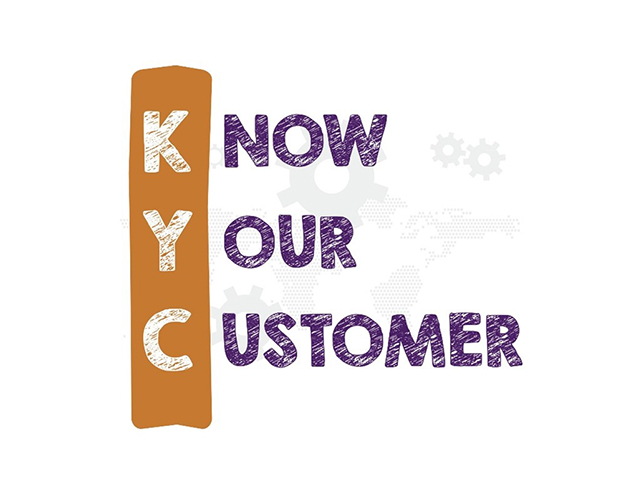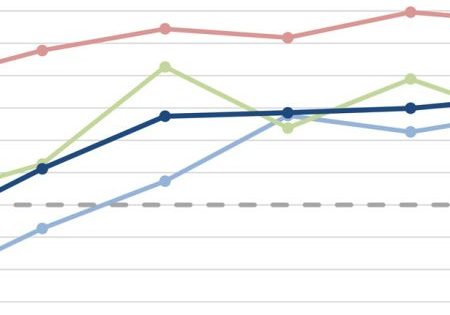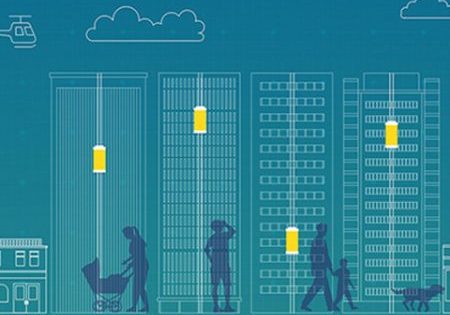Are you asking yourself and your customers the right questions to survive and thrive in sales?
came across two fantastically staggering statistics recently:
- Most buyers are now 80% of the way through the sales process before they talk to a salesperson
- 33% of people want a “sales free” experience
Even if these statistics are only half true, they have some pretty profound implications for the way in which we do business, and, as a result, we (at Statius) are already considering significant changes to our sales processes!
The above statistics came from an awesome presentation by a guy called Marcus Sheridan who is now the CEO of a marketing communications company. Previously, he nearly went skint selling swimming pools after the 2008 crash. But he made a number of changes to his business and managed to not only survive but also thrive — under some pretty harsh conditions. He now uses the thinking he developed to help others grow and develop their businesses.
And, when it comes to ambitious owners becoming great leaders, I’ve never met one that doesn’t want to grow their business, so, one of the most important questions they can ask themselves is:
- Why are our ideal target customers not buying from us?
Marcus’s statistics begin to give us a clue…
All companies will have “ideal customers”: the people who have heard your message, know who you are and need what you’ve got — but still they don’t bite. I remember a brilliant example of this, and how to get it very wrong, when, as part of an ISO assessment, the assessor asked the managing director (MD) of a very small South London based lift company, “What would you say if Canary Wharf came knocking on the door saying, ‘Can you service my lift?’ The MD, quick as a flash, turned and said, “I’d tell him they’ve got the wrong lift company.”
In the desire to drive growth, the mistake many make is to keep pushing products and services into new markets using new methods, when instead, effort is almost certainly better spent on finding out why the people you are currently targeting are not buying.
Potential clients in your current market who know you and are familiar with your products and services and need them, but have yet to buy, are probably neglecting your offer for one of four reasons:
- Risk: If the risk of failure, or pain (real or perceived) is high or at least higher than the clients’ current situation, they are unlikely to make the leap.
- Friction: (often described as switching costs) If the friction is too high, the clients are unlikely to make the change. This is why loyalty cards work so well. But friction in a business-to-business environment might include costs associated with the potential new client having to learn about your systems and processes, or perhaps, for someone like a property manager who manages a series of clients and buildings, to provide you with data that’s probably both not at hand and out of date. These are costs associated with “friction.”
- The difference that makes the difference: (I love this saying, which I believe is attributable to the subject of neuro linguistic programming — great subject, horrible name). This is about ensuring there is a well-articulated difference between what you are selling and what your competitors are selling and that that difference is important to the customer. If there is no (perceived) difference, the client is very unlikely to make the switch. You need to be able to articulate what it is you do and why that is important.
- Your value or success proposition: It has been said that “Value created but not delivered is of no value… and value delivered but not perceived is also of no value.” Essentially, at its core, this is the need to get noticed. We know the key to growth (and success) is to create more value than the competition. So, if we can understand and define how our target customers define and judge success, we’re onto a winner. We will drive more repeat business and win new customers.
I personally really like the idea that at each and every “sales call” somebody always gets sold to. If you are doing the selling and you didn’t make the sale, you’re the one that got sold to!
So, anybody that says no says no for a reason. If you can figure out those reasons and address them before the client makes contact with you, you’ll have found yourself a set of magic keys to unlock your top line. As a result, when you lose business, you and your sales team need to continually ask questions like:
- What did the competition have or do that we didn’t?
- Why were we not a good fit (or perceived not to be a good fit)?
- What was the difference that made the difference?
Solutions?
So, if the above are the four key reasons for rejection, what might the solutions be?
Risk
De-risking the situation is about overcoming fear much earlier in the sales process, and if indeed, as Marcus suggested, most buyers are 80% of the way through the sales process before they make contact, you need to be providing as much information as possible up front on your website. The question you need to be asking yourself is: How can you become the No. 1 trusted brand in your sector? This would typically mean becoming an “educator” for the industry and answering all the hard questions potential clients might ask before they call you. If you are the people answering the hard questions, they are much less likely to go anywhere else. You’ll be the ones who have built the trust.
But there are other ways, too: Is there some way that your present proposition can be de-risked by offering a 100% or money back guarantee? Can you in some way, shape or form provide some kind of certainty of success?
Friction
The key question here is establishing if there is any possibility of breaking your service into smaller component parts, thereby reducing the friction cost of each part. Alternatively, if you are trying to edge somebody out of an existing position and you need to learn about your potential clients’ current processes and practises, can you take the upfront learning hit and claw it back at some later point?
The Difference That Makes the Difference
Think of your points of difference (to the competition) as the beauty parade. Can you define the difference that makes the difference between you and your competition? Once defined, publish it, promote it, write case studies and create videos and blogs about how you have applied it for your clients and, most importantly, the results that you have helped them deliver.
To help, in our website blog (statius.co.uk/blog), corresponding to this article, we have included our points of difference template, which you can download and share with your team to help you get clarity on what your points of difference might be.
In the desire to drive growth, the mistake many make is to keep pushing products and services into new markets using new methods, when instead, effort is almost certainly better spent on finding out why the people you are currently targeting are not buying.
The Value or Success Proposition
Your value or success proposition is about what the customer gets, and specifically, how they are “better” once you have done your job (worked your magic).
Again, in the blog mentioned above, we have included our ideal customer template, which asks a whole host of questions designed to help you get clarity on your ideal customer and your value proposition. I hope you find it useful.
Questions
Returning to an idea we have raised before, that of “thinking time,” there are a number of questions around why your ideal customer is not buying that you might ask yourself and ponder on. They include:
- General Questions
- What would it take for us to double our sales?
- Why aren’t our sales X times what they currently are?
- Why do (and didn’t) customers buy from us? Hint – ask them! (That is, those you win and those you lose!)
Risk Questions
- What do we need to do to become the No. 1 trusted voice in our sector?
- What is it that the competition is doing that’s de-risking the buying situation for them?
- How do customers perceive the risks in undertaking things we want to do for them?
- If we want customers to switch, what are the hurdles that we are going to have to overcome?
Friction Questions
- What are the issues that cause friction?
- What specifically needs to be done to reduce friction?
- Can we create a compelling frictionless promise that would cause customers to flock our way?
Difference That Makes the Difference Questions
- What is the difference that makes the difference?
- What is the one thing/the top three things/the top five things that make the difference for our target market?
- How can we differentiate distinctively the one thing/the top three things/the top five things?
- How can we increase the effectiveness of our communications/messages?
- How can we make our communications/messages more compelling?
Success Proposition Questions
- How can we get better information from the people we didn’t manage to sell to?
- How did the people we didn’t manage to sell to define success?
- What is really important to the people we didn’t manage to sell to?
- What are the real expectations of our target customers?
- How do we meet these expectations more effectively than our competition?
Answers to each of the above and similar questions will provide you with the information you need to, slowly and surely, ratchet up your sales performance overtime.
Conclusion
As the world moves on and people get sucked ever deeper into the world of what my wife calls “electronica” — the realm of laptops, mobiles and tablets — and personal interaction is steadily, systematically and surreptitiously eroded from the sales process, the sales process needs to adapt and change.
If you can develop educational and helpful content that seeks to guide your target audience through each stage of the sales journey, answering each and every one of their questions and offsetting their concerns and fears, before they even make contact with you, the more trusted you will become.
If you, too, can win that coveted trusted No. 1 spot like Marcus, you will also thrive and survive.
Mark Woods has a background in engineering. After completing an award winning apprenticeship he completed a degree in mechanical and production engineering. He also has an MBA from Bradford University where he studied with Professor J.S. Oakland, the world’s first Professor of Total Quality Management. During the time he spent in industry, he gained extensive experience of both implementing new technology and strategic appraisal. Mark is now a managing partner of Statius Management Services, a management consultancy specialising in performance improvement, a subject on which Mark has published a number of papers and articles.
Get more of Elevator World. Sign up for our free e-newsletter.










